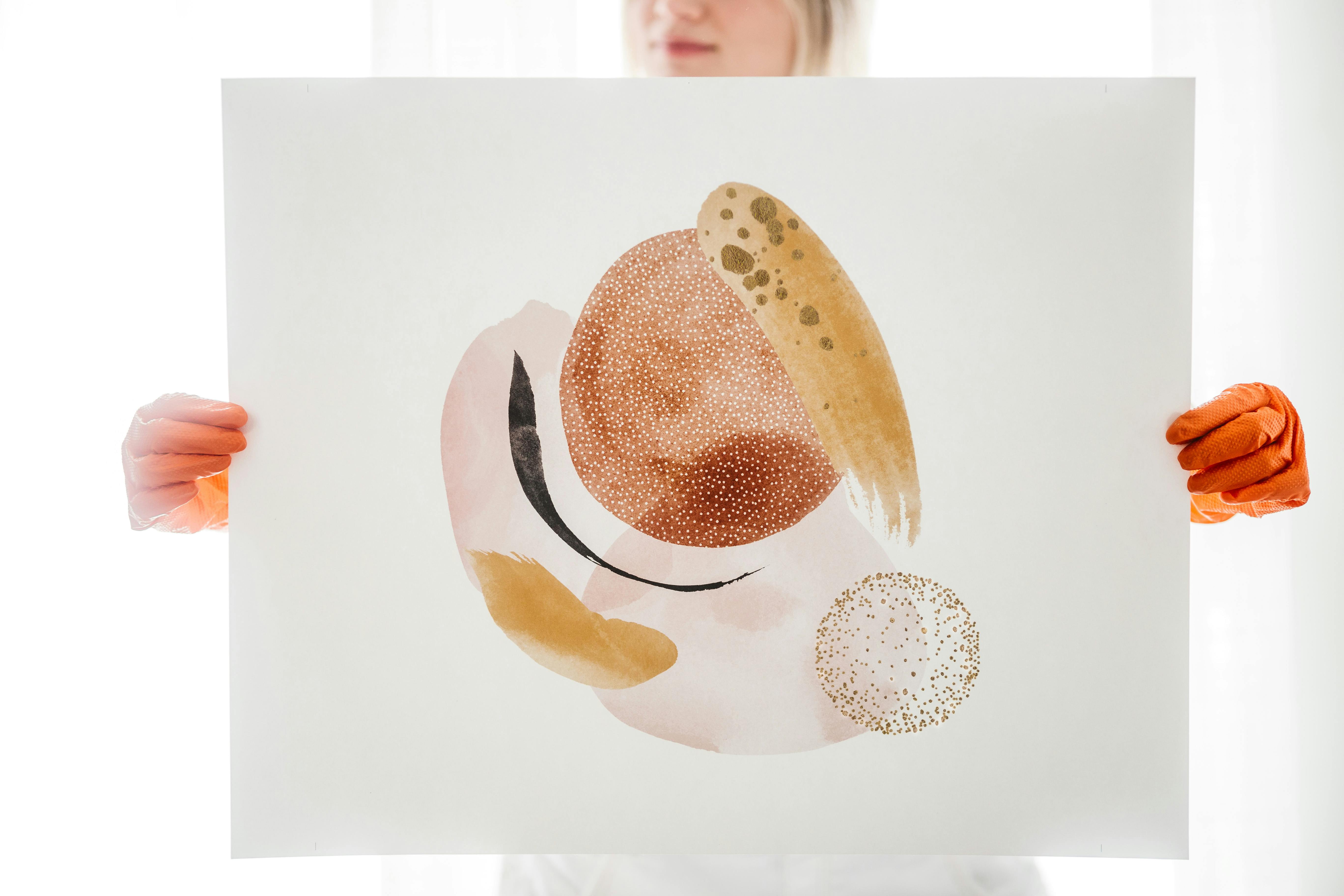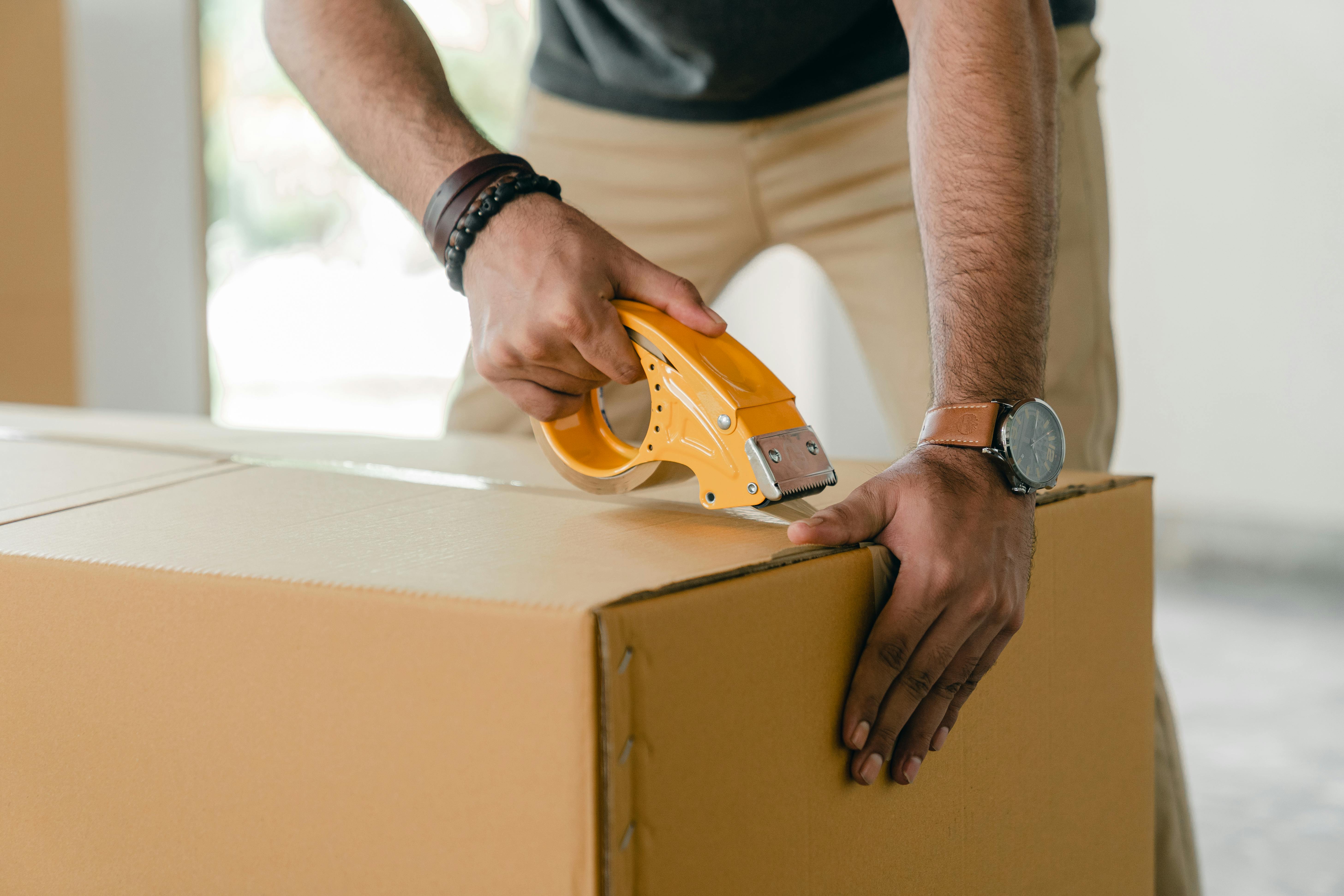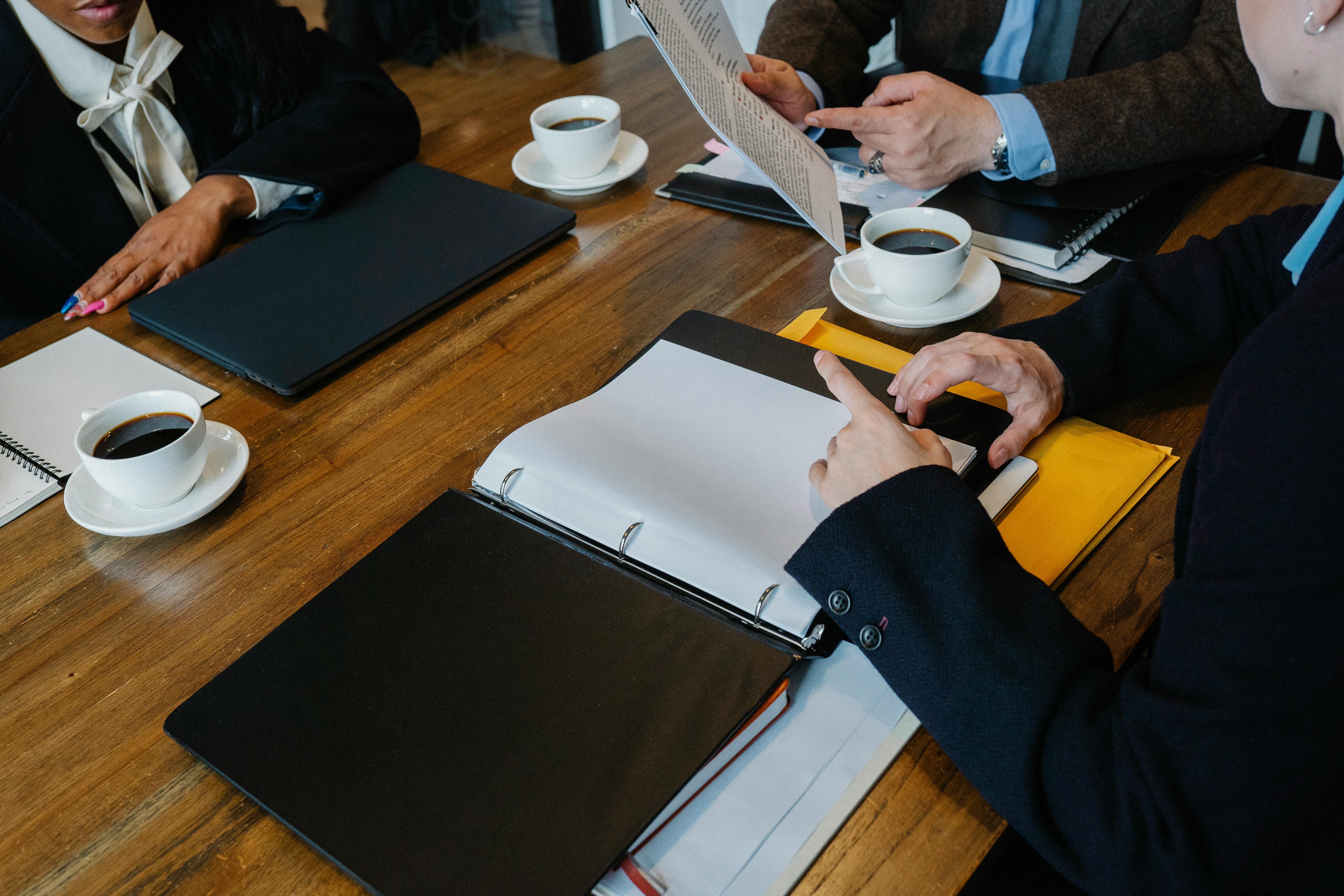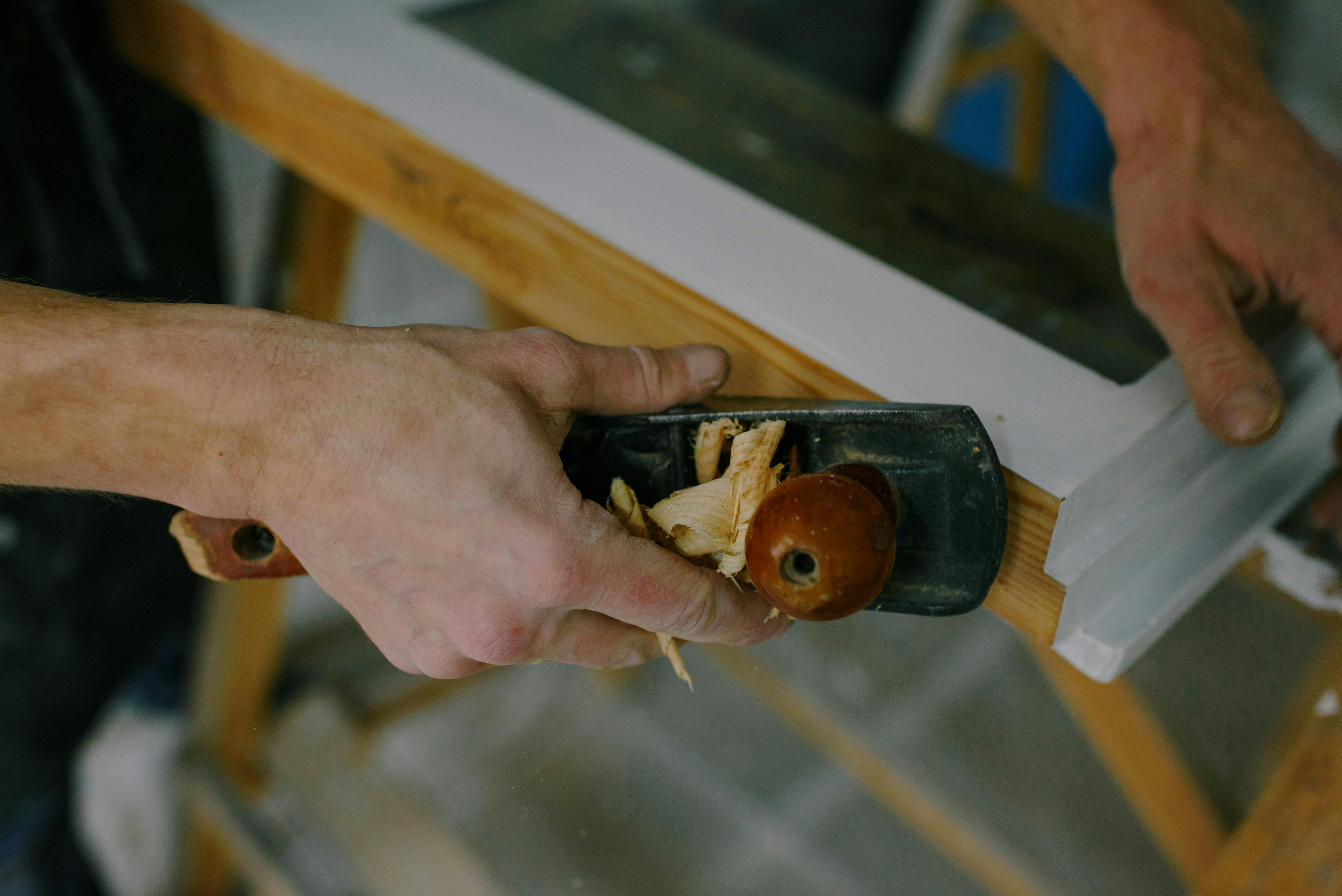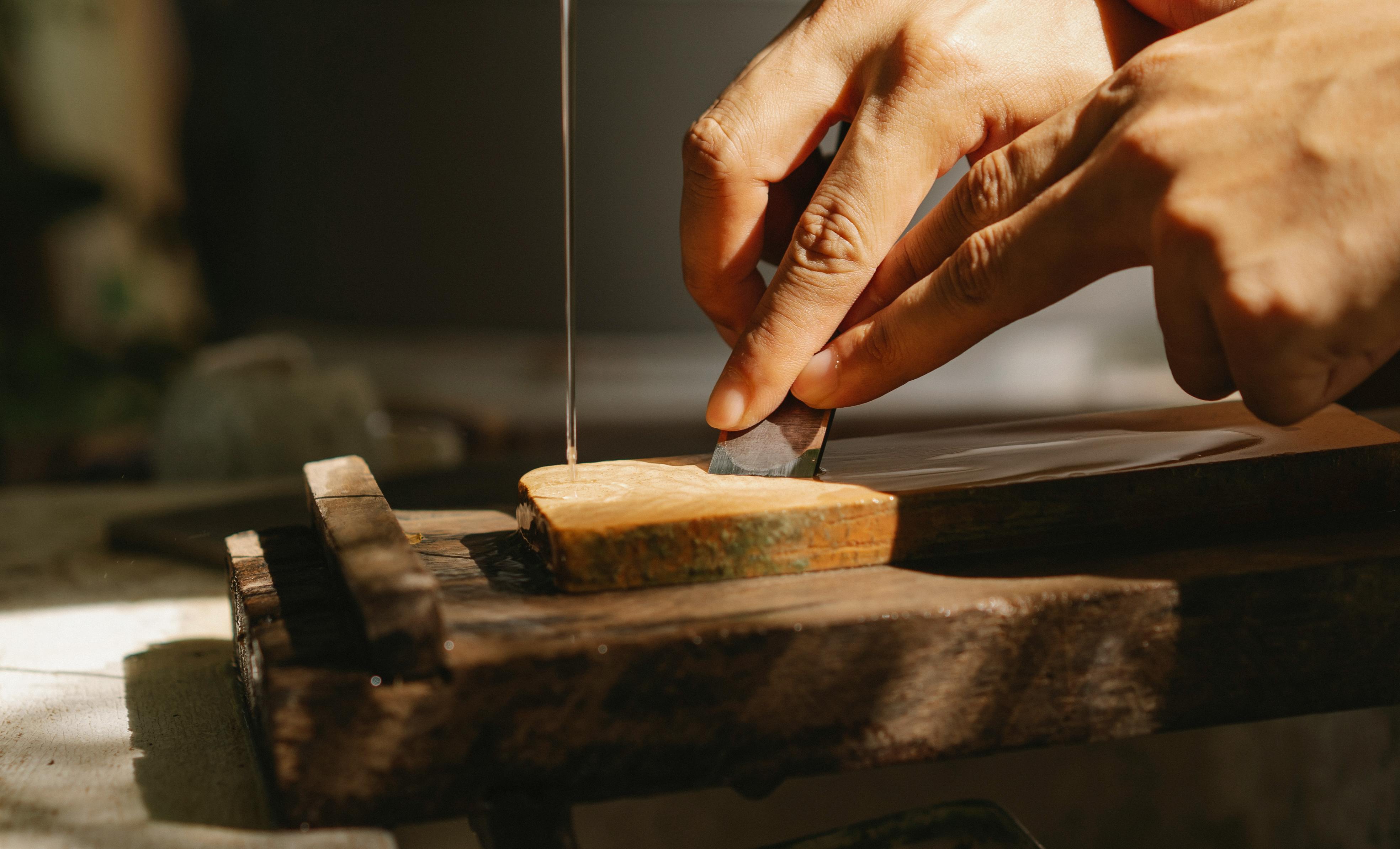We all learned early about the five senses: touch, taste, sight, smell, and taste. These are ‘external’ senses. It turns out that we also have several ‘internal’ senses: pain, itch, pressure, chemoreceptors and others. One of the most important ‘internal’ senses for living a normal life is proprioception. Proprioception affects our lives at every moment of every day and enables us to complete numerous tasks, from the simple to the complex.
Proprioception gives you the ability to know where your limbs are in space. Inside muscles and joints are tiny receptors that measure tension and contraction, and relay this information to the cerebellum, which then calculates where the limbs are in space. Then it inhibits some muscles and activates others to complete the task at hand. The information to the muscles is like the information that is sent to the booster rockets of a spacecraft; Proprioception allows you to stay in orbit, or upright, if you will. The soles of the feet and ankles have thousands of proprioceptive sensors.
Take walking, for example. When you go for a walk and notice a flock of birds flying, you follow them with your eyes. Without proprioception, this would be impossible, as you’d have to watch your feet to keep them moving. The police use the sense of proprioception when conducting a field sobriety test. They tell you to close your eyes and touch your nose. When not drinking, this can easily be done. Alcohols interfere with central nervous system processing, making this task nearly impossible. A good typist (not me) trains their fingers proprioceptively. Which brings me to the next point. Both disease and disuse of odd proprioception. People who have suffered a stroke or have neuropathy have difficulties with balance and coordination. A sedentary lifestyle can also affect proprioception (remember the axiom of use it or lose it). However, like most physiological processes, proprioception can be improved, which is a major focus of my home health practice.
With these patients, I usually start on a solid surface, usually with the help of a chair or counter to aid balance. Then I move on to ballistic type activities, then uneven surfaces, then wearing a blindfold. Some examples for a beginner are as follows:
*Rock back and forth from toes to heels, keeping body straight. Minor balance disturbances are corrected in the ankles.
*Step and reach.
* Standing on one leg. Once this is mastered, moving your arms or turning your head can be added.
*Three steps and standing on one leg. Most falls do not happen when you are stopped, unless someone collides with you. One progression would be to turn the head to involve more vestibular (ear) activation.
*The vertical ladder is just that; climbing an invisible ladder.
* Hopscotch, but not jumping, just taking steps with turns.
*Once firm on the ground, I typically use a foam pad or boss ball. A yoga mat folded in half will work in a pinch, then progress through the exercises above.
In general, most patients see some functional improvement in three to four weeks. Patients with stroke and neuropathy take longer and have more homework to do.
